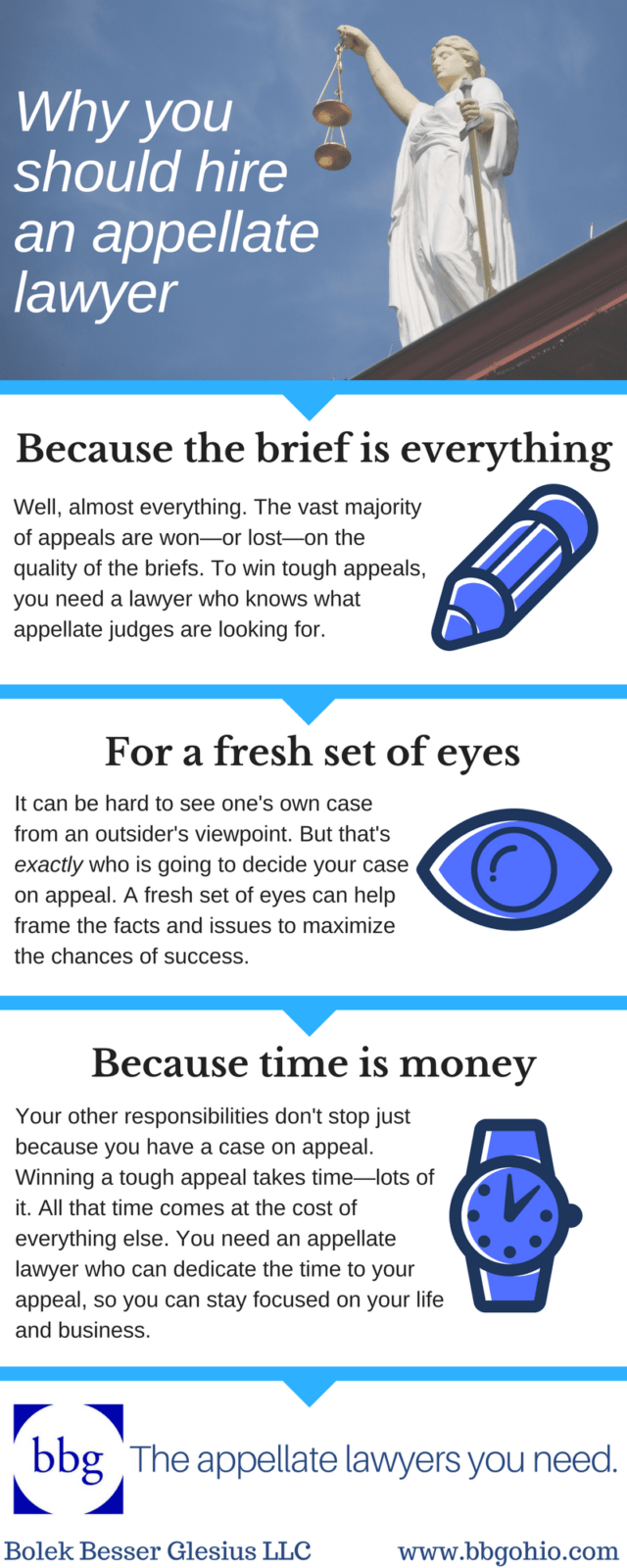An In-Depth Guide To The Criminal Trial: Step-By-Step Insights Right Into The Process
An In-Depth Guide To The Criminal Trial: Step-By-Step Insights Right Into The Process
Blog Article
Post Created By-Lyons Schmitt
When you enter a criminal trial, you could be stunned by the organized procedure that unravels. Everything begins with court choice, where prospective jurors are scrutinized for predispositions through an approach called "voir dire." Afterwards, both sides present their opening statements, establishing the stage for the evidence and testaments to comply with. You'll see just how the prosecution and protection construct their situations, however what occurs next can substantially influence the outcome. Understanding Visit Web Page can expose the intricacies of justice, however there's even more to discover about the defining moments that comply with.
Court Choice Process
When it involves the jury selection process, you're diving right into an essential stage of a criminal test. This process, usually called "voir dire," includes doubting prospective jurors to guarantee they're objective and with the ability of delivering a fair verdict.
You'll see both the prosecution and defense lawyer taking part actively, each intending to choose jurors that align with their instance's story.
During voir dire, you'll observe that attorneys ask concerns about jurors' backgrounds, beliefs, and experiences. Their objective is to recognize any kind of pre-existing biases that could influence a juror's decision. As a juror, you could really feel a mix of nervousness and curiosity, but your sincerity is crucial.
After questioning, attorneys can test particular jurors for cause if they think a juror can not remain objective. They can additionally use a limited number of peremptory challenges to disregard jurors without stating a reason.
Trial Phases Explained
The stages of a criminal trial play a vital function in making sure a fair and structured procedure.
You'll initially encounter the opening statements, where both the prosecution and defense describe their instances. This establishes the stage wherefore's ahead.
Next off, the prosecution offers its proof and witnesses, intending to verify the accused's sense of guilt past a practical question. You'll see straight assessment followed by cross-examination, allowing both sides to challenge today info.
After the prosecution rests its instance, it's the protection's turn. They'll present their proof and witnesses, commonly focusing on developing reasonable doubt. You'll notice that the defense doesn't need to show virtue; they simply require to challenge the prosecution's instance.
Once both sides have actually offered their disagreements, you'll listen to closing declarations, where each celebration summarizes their instance. https://docs.google.com/spreadsheets/d/1tpQ9BKDye24_cXleajOXYq8UbnJpPQwHpiOmx-wXG1Y/edit?usp=drive_link is essential as it enhances their positions before the court ponders.
Throughout these phases, the court ensures that the trial adheres to lawful standards and that the rights of both events are shielded.
Recognizing these phases will help you appreciate the intricacies associated with a criminal trial and the relevance of each step in the quest of justice.
Judgment and Sentencing
Nevertheless evidence has actually existed and disagreements made, the jury or court supplies a judgment, determining the defendant's guilt or innocence. If you become part of the court, you'll ponder with your fellow jurors, going over the proof and your impacts. This procedure can require time, as you'll want to make certain every person settles on the decision based on the truths.
As soon as a judgment is reached, it's announced in court. If the defendant is condemned, the next phase is sentencing. This is when the judge chooses the proper punishment. You might observe that various aspects affect the sentence, such as the extent of the criminal offense, the defendant's previous record, and any kind of mitigating conditions.
The judge may enforce a variety of sentences, from penalties and community service to jail time. Often, the defense or prosecution can present debates pertaining to sentencing, attempting to guide the judge's decision.
If the offender is found not guilty, they're acquitted, and no punishment adheres to. Remember that please click the next site can often bring about allures, where the accused may challenge the decision or the sentence imposed.
Final thought
In a criminal trial, you've seen how essential each action is, from jury choice to the last decision. You have actually complied with the prosecution and protection as they construct their instances, intending to convince the court. Once consideration finishes up, the verdict determines the outcome, and if the offender is found guilty, the sentencing phase begins. Recognizing these procedures aids you value the complexities of the justice system and the importance of each role in guaranteeing a fair test.
